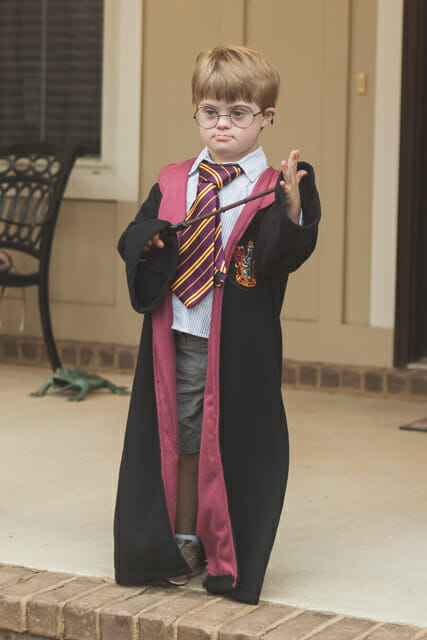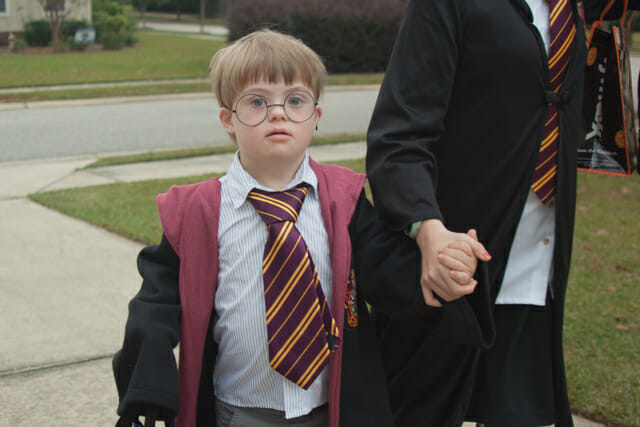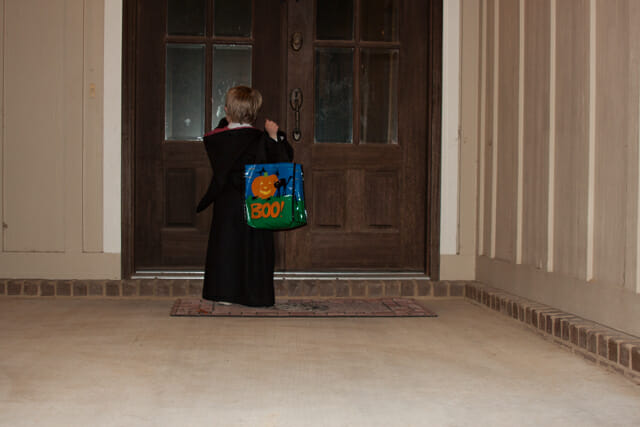New situations can cause anxiety for some children, causing them to behave inappropriately. Many parents have asked me for help because their child wouldn’t stay buckled in the car, would behave appropriately in a store, or struggled at a birthday party.
One of the first things I suggest in these cases is a social story.
A social story is used to help a child know in advance what to expect in a situation and understand what he or she is expected to do in that situation and why. These are very helpful for children who may experience anxiety in new situations or have inappropriate behaviors (especially if they can be dangerous). The story should use the child’s name, should be very detailed and specific to the situation, and should use positive language. It is an added bonus if you can use a picture of the child, as well.
Social stories are not difficult to write; I have written many for children in my care. But parents need to know how to write a social story, as well, because sometimes you need a social story right away and waiting until you see your child’s therapist isn’t an option. Anyone can write a social story and if it’s not exactly right, no one will know the difference.
Following are two examples of a Halloween Social Story. The first uses very simple language, while the second provides a bit more explanation about the “why” of Halloween.
Example #1: Basic Halloween Social Story
Johnny is Going Trick-or-Treating
It’s Halloween! On Halloween, I put on my costume. I am dressing up like Harry Potter!

We will walk outside to different houses. I will walk with my Sissy. I will hold my Sissy’s hand.

I will walk up to the door and ring the doorbell or knock on the door. Sometimes no one answers the door. That’s okay. I will go to the next house.

When the door opens, I will say, “Trick or Treat!” They may have candy or toys for me. I will say thank you and put them in my bag. If they do not have candy or toys, that is okay too.
A Halloween social story that provides more detail may sometimes be needed. For those kids who are always inquisitive and need to know the reasons behind every choice, this social story may be better for them.
Example #2: More Detailed Halloween Social Story
It’s Halloween! We are going “trick or treating” tonight and I am excited…and a little nervous.
I am excited because I get to wear my costume. I am going to be Harry Potter. I have a wizard robe and get to carry a wand! I also get to hold my pumpkin bucket…that is where I will put my treats. Mom said if I do not want to hold my wand anymore I can put it in my bucket. These are some of the things I need for trick or treating tonight. But the most important thing I need is an adult to make sure I stay safe.
When I go trick or treating we walk on the sidewalk in my neighborhood. I see lots of other people in costumes. Some have capes or robes, like me. Others are wearing masks or makeup. I see costumes from my favorite TV shows and movies. I see silly costumes. I even see scary costumes! I don’t like the scary ones. When I see a scary costume I do not run away. I remember that it is just a person wearing a costume – like me.
Sometimes we have to cross the street. I need to hold my adult’s hand and look both ways before crossing the street.
When we go up to a house, I knock on the door or ring the doorbell. Someone will open the door and that is when I say “Trick or Treat!” They give me candy, and sometimes talk about my costume. I say “thank you” and we walk to the next house. Sometimes we knock on a door and nobody answers. That is okay – they might be trick or treating like us! We will just go to the next house.
We have gone to a lot of houses and my bucket has a lot of candy in it. Mom says it is time to go home. When I get home, I will put all of my candy in a big bowl. I will share it with my family. Mom says I get to pick one piece of candy each day that I can eat after dinner.
For more in-depth information about writing a social story, check out these links:
How to Write a Social Story
How to Write a Social Story: Tips and Resources for Teachers
Carol Gray Social Stories
Jessie Nelson Willis, M.Ed., CCC-SLP








